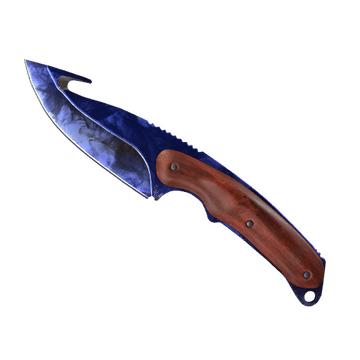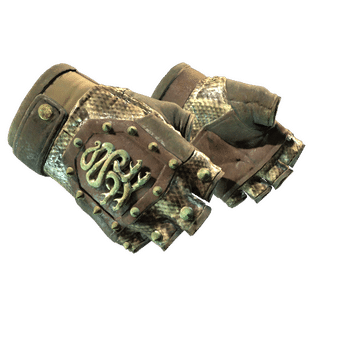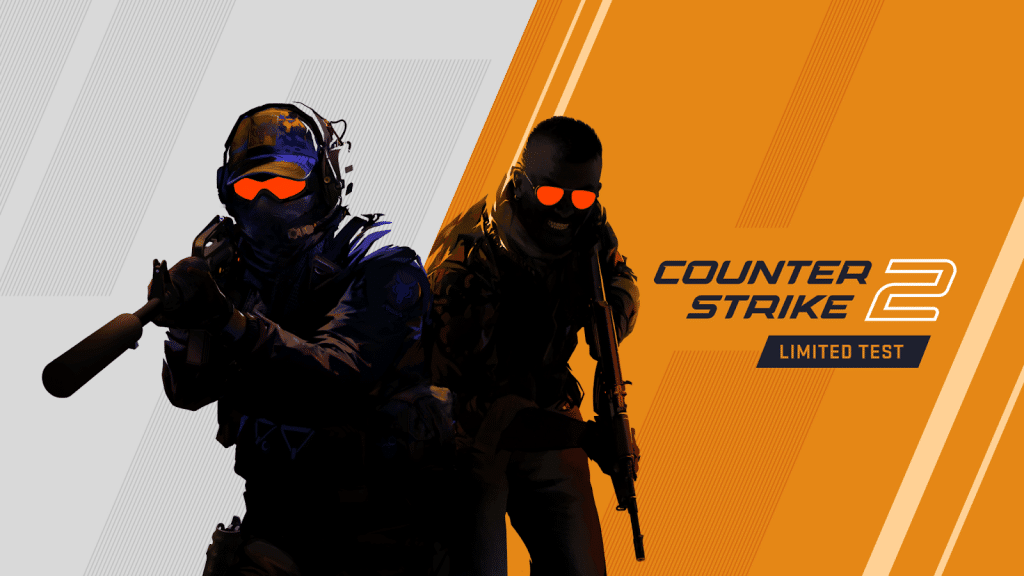Counter-Strike 2 offers you various cosmetic possibilities, and trading up is one of the ways to get hold of rare items. The concept is very straightforward: you gather several lower-rarity skins and exchange them for one with a higher rarity. The principle behind it is “sacrifice many for one” with a hope that the one you get will be more desirable, rarer, or more valuable.
Usually, players use the weapon skins they have (rifles, SMGs, pistols) and try to “trade up” to the most luxurious items, like knives or gloves. These items of the highest tier typically have fewer copies, higher demand, and a prestige factor in the game community.
This article is a guide to the trade-up system, the trade-up path toward gloves or knives, the trade-up plan, and what to watch for.
The Path Toward A Knife Or Gloves — Trade-Up Contracts Are Highly Risky
To aim for a knife or gloves, you’ll often rely on your understanding of trade-up contracts: you submit a set of skins of the same rarity, and you receive one skin of a higher rarity. According to Tradeit, trade-up contracts are highly risky, that’s why you should keep safe websites in mind.
Here is that same information broken down a bit further:
- You need to pick a set of input skins all of the same rarity ( “Restricted” or “Classified”).
- All input skins must also share the same “type” regarding StatTrak™ vs non-StatTrak (you cannot mix StatTrak and non-StatTrak in one contract).
- The resulting skin will be one rarity tier higher than that of the inputs (from Restricted to Classified).
- The collection(s) your input skins come from determine the possible output collection(s). If you have skins from different collections, your output could be from any of those collections.
- Most importantly, since the result is random (within the limitations mentioned above), the risk is that the output skin you receive is worth less than the total value of your input skins. A large number of trade-up contracts are not profitable if you keep doing them over time.
If your goal is a knife or gloves, the risk is even higher: these are very rare items, so the chances of getting them through a trade-up are very low, and at the same time, the cost of inputs may be high. Success can be quite rewarding, but failure can be pretty costly.
Step-By-Step: Trading Up Toward A Knife Or Gloves

The following is a suggested plan of action for a trade-up with the target of a knife or gloves:
1. Inventory Audit
Take a look at your Steam inventory first: make a list of all the skins that you have that are of the same rarity and check whether you have multiples of one collection or several collections. Are these skins the ones you would be willing to sacrifice for the chance to get something better? If your answer is no, wait.
2. Pick Your Rarity Grade
Choosing a rarity grade for bundling your inputs is the first step. For instance, you might decide to use “Classified” skins only because trading ten Classifieds could result in a Covert one, and then from Covert, you could aim for a knife or gloves. Make sure you have enough skins of that grade.
3. Choose Your Collections
What selecting ten skins all from the same collection does is increase your probability that the output is from that collection. If you combine collections, your chance will be divided among them, which can either lower the odds or make the results more complicated to predict.
4. Consider Condition And Stattrak
In case your inputs are StatTrak, your output will be StatTrak as well (if the system permits that route). If the inputs are non-StatTrak, the output will be non-StatTrak. Additionally, the condition (“float value”) of the skins may affect the output value.
5. Estimate The Value And Risk
Think of the expected value of the output as the market value (and demand, rarity, etc.) of the skin that you will get in return for your trade-up contract. Before submitting the contract, you should estimate whether the expected output value exceeds the sacrifice you are making. Treat this as a risk, as many contracts result in a loss of value.
6. Submit The Contract
Go to your inventory in the game interface, find the “Use with trade-up contract” option, choose the ten skins that you want to use, confirm that you understand that you are giving them up, and then submit. You will be granted the skin with a higher rarity once the operation is completed. There is no room for reversal.
7. Review The Outcome And Next Move
Once you have the output CS2 skin, check its value and condition. If the skin that you have received is significantly better than what you gave up, then you have succeeded. In case the opposite is true, then it’s up to you whether to give it another go or just keep what you have.
Things To Watch Out For

- Don’t expect guaranteed profit: To a degree, the system is randomized. For many inputs, the output will have a value equal to or lower than the input.
- Collection mixing hazard: Mixing multiple collections means that you give up the control of the outcome collection, making it more challenging to pinpoint a specific glove or knife skin.
- Value vs demand vs rarity: A skin can be of a higher rarity level technically but if the demand is low or the market is saturated, its value will not increase accordingly.
- Condition matters: For instance, a “Factory New” skin could be worth a lot more than a “Battle-Scarred” one. Also, the float of your input could be limiting the output float.
- StatTrak path choice: If you go for StatTrak input skins, then the output has to be StatTrak; this usually means that the input cost is higher, the risk is higher too but so is the potential reward.
- Knives/gloves path specifics: As knives and gloves are the top tiers for gaming, transitioning to high-tier skins usually involves significant risk and a high input cost. So, it’s better if you set your expectations accordingly.
